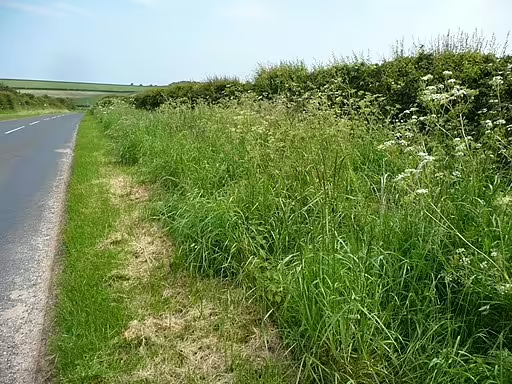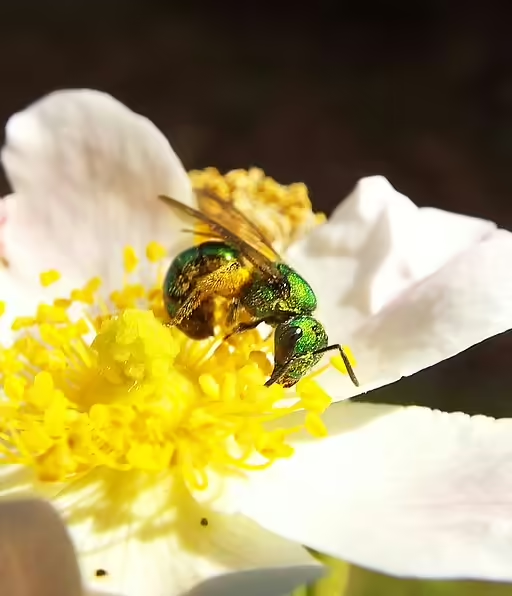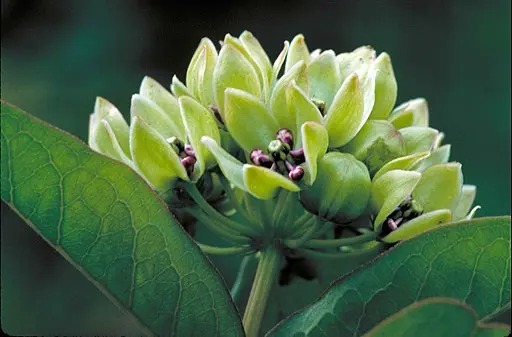Table of Contents for Chickasaw Plum (Prunus angustifolia)
Chickasaw Plum (Prunus angustifolia) is a shrub to small tree that is native to the mid-west and eastern United States. This plant is a host to four butterflies and many moths, including the Luna Moth and is an important nectar source for other insects. Growing from 3 to 20 feet tall, this species grows in open areas such as thickets, roadsides, and fields. The white flowers bloom from February to April and the plant is hardy in zones 5-9.
Taxonomy and Naming of Chickasaw Plum (Prunus angustifolia)

Taxonomy
Chickasaw Plum (Prunus angustifolia) was named and described by Humphrey Marshall, an American botanist, in 1785. It still has the same name and is a member of the Rose Family (Rosaceae).
Meaning of the Scientific and Common Names
Scientific Name
The genus name, Prunus, is Latin for “plum tree.” The species name, angustifolia, comes from two Latin words (angustus – narrow and folium – leaf) which together mean narrow leaf.
Common Name and Alternative Names
The common name may have come from the species name of a synonym Prunus chicasa that was proposed by Andre’ Michaux. Some other common names are Cherokee plum, sandhill plum, and Florida sand plum. It may have also been historically called the prairie plum (Beilmann and Brenner 1951).
Physical Description

- Plant Type: This plant is a shrub to small tree.
- Height: 3 to 20 (25) feet tall
- Stem: Tree that produces suckers.
- Leaves: The leaves are alternate, sessile to subsessile, elliptic to spatulate in shape, have serrate margins, and are 0.6 to 2.5 inches in length and 0.3 to 0.8 inches in width.
- Flower color: white
- Blooming period: This plant blooms from February to April.
- Fruiting type and period: This plant has yellow to orange drupes that mature from May to August.
Range of Chickasaw Plum in the United States and Canada

This species is native to the mid-west and eastern United States. It is adventive in California. This plant may have been introduced by Native Americans (Palmer and Steyermark 1935).
Habitat

This species grows in open areas such as roadsides, thickets, open dry woods (Rogers 1977), riparian terraces (Nesom and O’Kennon 2008), scrub oak in Georgia (Faust 1976), streambanks in Texas (Fleming, et al 2002), and fields.
Hosted Insects

The Prunus genus is general is a host to four butterflies including the henry’s elfin (Callophrys henrici), Coral hairstreak (Satyrium titus), the Eastern Tiger Swallowtail (Papilio glaucus), and the Pale Swallowtail (Papilio eurymedon) (Gaden, et al 2023). This genus also hosts many moths and one of the notable ones is the Luna Moth (Actias luna).
Other Supported Wildlife

This species is an important nectar source to other butterflies, skippers, bees, and wasps. Birds and small mammals enjoy the fruits in the summer.
Frequently Asked Questions
Does this plant have any ethnobotanical uses?
The Native American Ethobotanical Database shows that this species has been used as a food source.
How is this plant distinguished from other Cherries (Prunus spp.)?
This species is similar to the hog plum (Prunus umbellata) and is often considered to be indistinguishable from it (Clark 1971). However, the Chickasaw plum has consipicuous glandular teeth on the leaf margin, while the hog plum does not.
Is this plant invasive?
This plant has not been noted as being invasive in the literature.
Gardening with Chickasaw Plum

Hardiness
This species is hardy in zones 5-9. If your garden is within these zones and you have the right growing conditions (soil, moisture and exposure), you may well be able to grow this plant. However, if planted outside of its range, the hosted species may not recognize the plant or be harmed by ingesting a different species with an unfamiliar chemical composition. This species has many horticultural cultivars (Damery 2018).
Optimal Conditions
This species grows in full sun to part shade and prefers medium well-drained soil.
References
- Bielmann, August P. and Louis G. Brenner. 1951. The Recent Intrusion of Forests in the Ozarks. Annals of the Missouri Botanical Garden 38: 261-282.
- Clark, Ross C. 1971. The Woody Plants of Alabama. Annals of the Missouri Botanical Garden. 58: 99-242.
- Damery, Jonathan. 2018. Recalling Plums from the Wild. Arnoldia 75: 24-34.
- Faust, W.Z. 1976. A Vegetation Analysis of the Georgia USA Fall Line Sandhills. Rhodora 78: 525-531.
- Fleming, Kay M., Jason R. Singhurst, and Walter C. Holmes. 2002. Vascular Flora of Big Lake Bottom Wildlife Management Area, Anderson County, Texas. Sida 20: 355-371.
- Nesom, Guy and Robert J. O’Kennon. 2008. Major plant communities of Lake Meredith National Recreational Area and Alibates Flint Quaries National Monument. Phytologia 90(3): 391-405.
- Palmer, Ernest J. and Julian A. Steyermark. 1935. An annotated Catalogue of the Flowering Plants of Missouri. Annals of the Missouri Botanical Garden 22: 375-758.
- Rogers, Ken E. 1977. Vascular Flora of the Ragland Hills area, Forest and Perry counties, Mississippi. Sida 7: 51-79.


